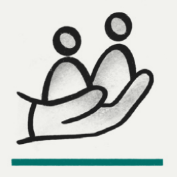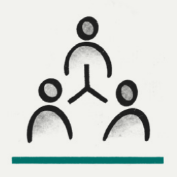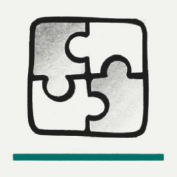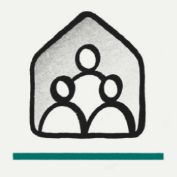Evidence Driven Change Making
Generating and championing actionable evidence that improves services to support family relationships
Chief Social Worker Isabelle Trowler welcomes first Practice Guide
Foundations appoints Sam White as New Chair of Trustees
Our priority Areas
Our work is primarily focused across five areas where we have the best opportunity and potential to make an impact in improving the lives of children and families.
- Report
What interventions improve outcomes for kinship carers & children in their care
- Report




